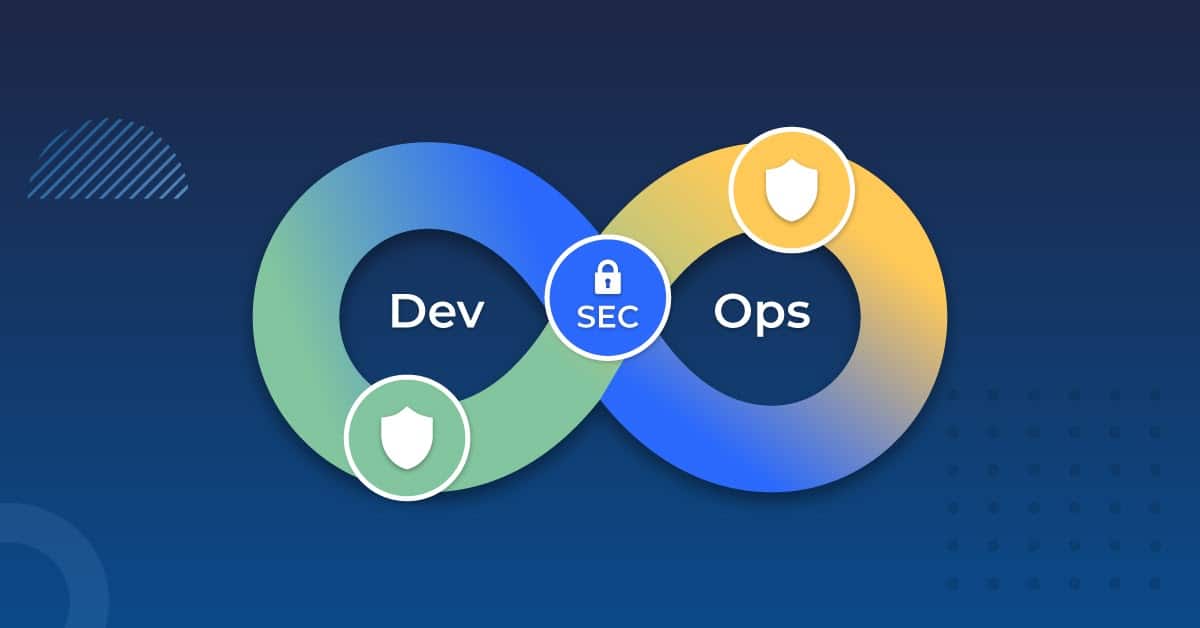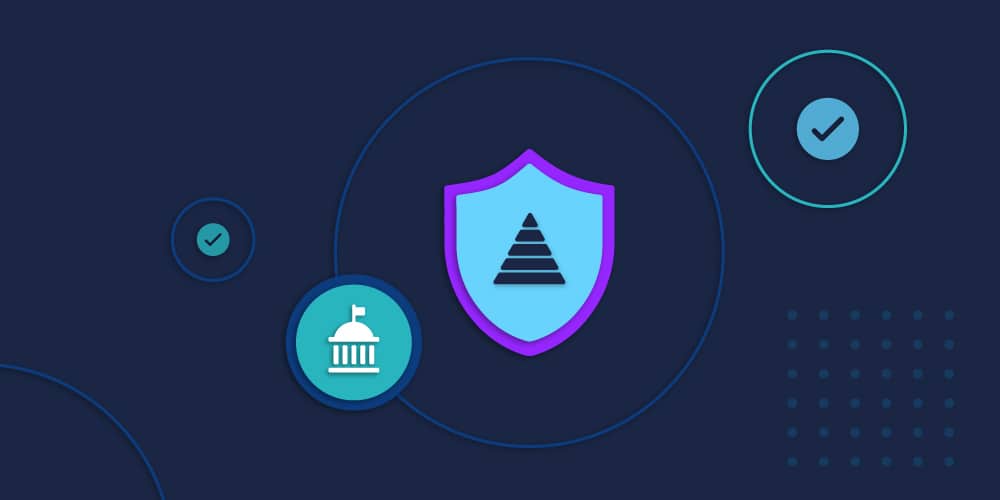Identity security is currently going through an exciting evolution. Legacy solutions, built to support primarily human identities and on-premises environments, are giving way to SaaS-based solutions that support both human and machine identities (workloads, APIs, etc.) as well as applications delivered from on-premises, multi-cloud, or hybrid environments.
In it’s 2023 Trends in Identity Security Report, the Identity Defined Security Alliance found that 52% of security leaders cite the adoption of more cloud applications as the primary factor of the increasing number of identities within their organization. With the number of identities exploding across all environments as organizations transform their business models in today’s digital world, security teams are looking at better and more efficient ways to protect their critical assets. Protecting identities is imperative for enterprises, as any breached account now has more potential pathways to an organization’s critical data. IT Teams simply don’t have the manpower to learn and manage so many systems as organizational leadership continues to optimize performance and cut costs.
This has forced identity security providers to evolve. Historically, many technology vendors have built out product suites to try and address a single, over-arching challenge. In this case, identity security. And while vendors are quick to position product suites as “unified”, many are still a collection of disparate technologies.
Product suites are a collection of disparate technologies bundled together to solve for different components of said challenge. More often than not, these technologies were brought together to quickly address customer needs.
Product suites often have drawbacks. Built through mergers and acquisitions, the individual components often only share a brand name. Because of this, suites have the same challenges as the point products they were designed to replace. Challenges including:
- Complicated management
- Visibility across different environments and identity types
- Lacking in automation and other advanced capabilities
- Cumbersome and time consuming reporting
- Costly technology stacks, integrations, and upgrades
Depending on the type of solution, a product suite may even still require the need for an on-premises deployment, negating any benefit of moving to the cloud. They may also lack integrated features to simplify reporting, shorten implementation times and stall updates due to staggered upgrade cycles.
So, what choice do businesses have?
Converged identity platforms eliminate the problems commonly found with solution suites. A converged identity platform (CIP) is simply a single solution that includes historically separate identity security capabilities. Organizations no longer have to solve their challenge by buying point products or investing in a product suite made up of different and dis-integrated components. With a single CIP, all features share the same infrastructure, code base, management and reporting.
They also have a centralized warehouse that consolidates identities from a variety of authoritative sources into a single repository. This repository, with visibility into all identities, regardless of original location, and through the use of AI and machine learning (AI/ML), is able to perform advanced analytics regarding access and how that access is being used. AI/ML is also used to correlate risk across different security technologies to provide holistic and preventative segregation of duty (SoD) management. Advanced intelligence also allows for the use of automation throughout the identity lifecycle and providing risk-based recommendations for actions such as requests and certifications.
By consolidating core identity security features, governance, and reporting onto a single platform, organizations are able to see significant performance improvements and cost savings without compromising enterprise security.
Maintaining compliance across fragmented hybrid and multi-cloud infrastructures is becoming more complicated by the day. Consolidated reporting, with reports mapped to requisite regulations (e.g. GDPR, HIPAA, and PCI-DSS) and frameworks (e.g. ISO, NIST, etc.), eliminates manual and time consuming audit processes. Administrators are able to quickly prove continuous compliance and stay focused on their primary responsibilities.
The merged management and processes that CIPs provide speed application onboarding and entitlement provisioning. End users also benefit with a frictionless experience and by only having to learn a single process for requesting or modifying access, resulting in greater buy-in and security adoption.
Converged Identity Platforms help you:
- Streamline your identity security program
- Reduce technology/security stacks
- Decrease management and maintenance costs
- Shrink the threat landscape
- Future-proof technologies and programs
- Remove manual processes
Adopting a CIP should help organizations their IT and security stacks while providing strong identity security governance. Reducing the number of different platforms and technologies needing management speeds the identification of anomalous activity or misconfigured access. By consolidating capabilities and maintaining as much flexibility as possible, organizations can simplify management, increase productivity and ROI, while future proofing their security program.
Truly converged solutions are a better choice than point solutions and product suites as they act as a force multiplier for administrators, auditors, and end users in their ability to develop and maintain successful identity security programs.
Saviynt Enterprise Identity Cloud (EIC) is the original converged identity platform that marries identity governance (internal and external), privileged access management and application access governance in a single solution that unites identity security. This convergence allows any organization to quickly adopt a fully-featured identity security platform or efficiently deploy lightly and build their security program as their needs evolve, without having to rip and replace existing infrastructure or excessive point solutions.
Learn more about Saviynt Enterprise Identity Cloud and the benefits of each of its capabilities, Identity Governance (internal and external), Privileged Access Management, and Application Access Governance.







